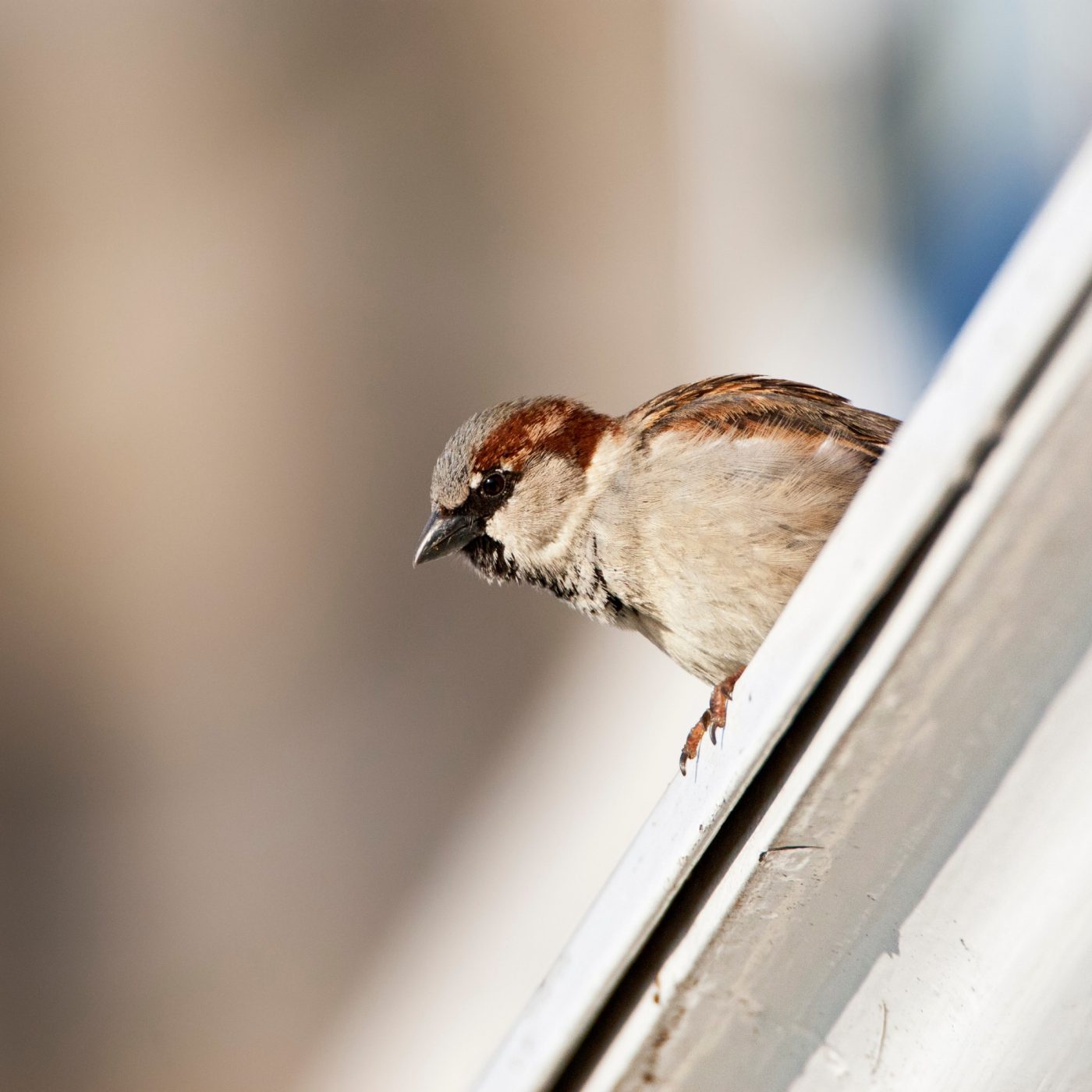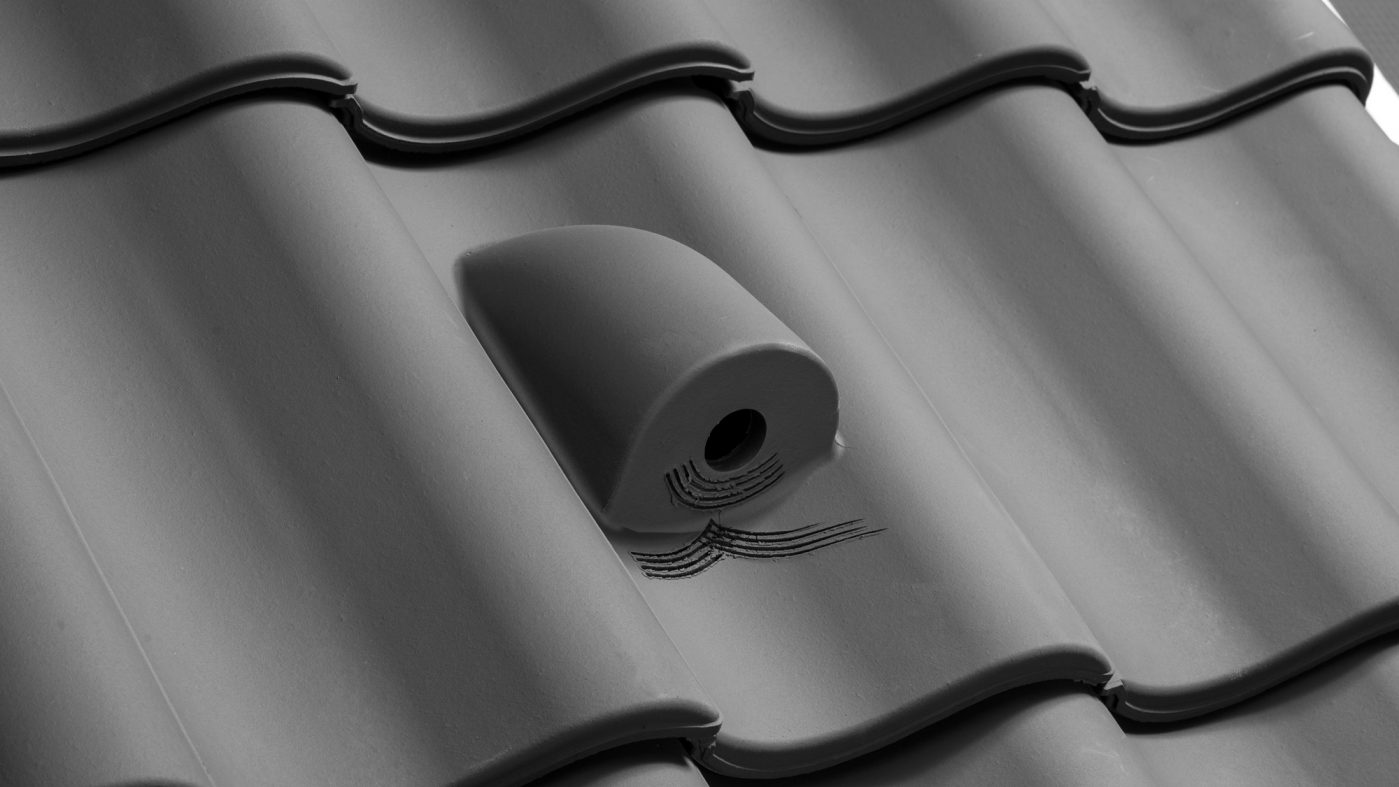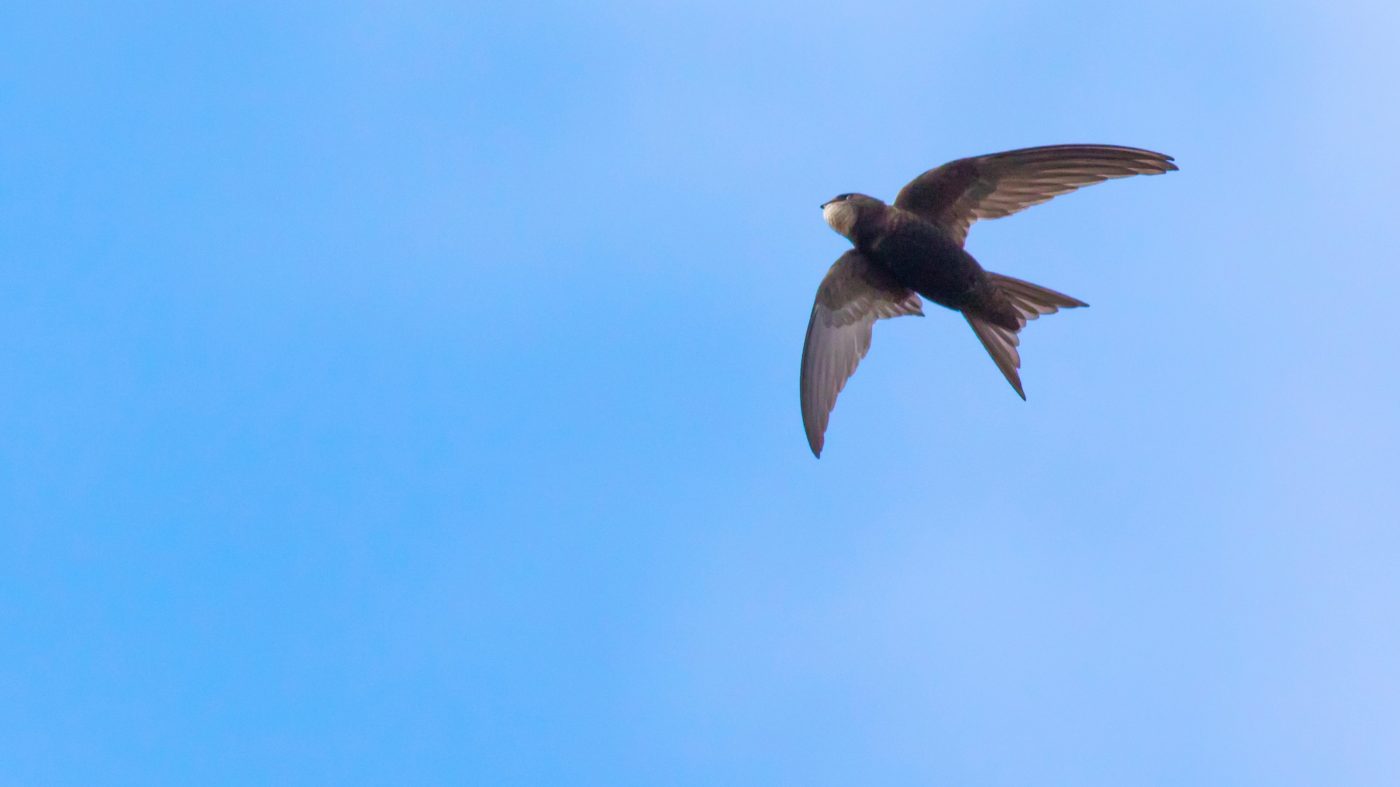 © Wienerberger
© Wienerberger
Bird nest roof tiles: Additional habitat for birds in cities
New roofs as bird habitat: With its roof tiles doubling as bird nests, wienerberger fosters biodiversity in cities.
 © Wienerberger
© Wienerberger
New roofs as bird habitat: With its roof tiles doubling as bird nests, wienerberger fosters biodiversity in cities.
A swift glides through the air. Maneuvering skillfully between buildings, it aims for a roof and disappears into the hole of a roof tile. It has found a home in the integrated nesting pan. This roof tile doubling as a bird nest was designed in the Netherlands and demonstrates wienerberger’s commitment to fostering biodiversity from the early phase of product development. Thanks to innovations like this, domestic bird species find nesting space even in urban areas.

Trees are being felled and cities are expanding: As human activity changes or destroys natural habitats, domestic birds increasingly suffer from a lack of suitable nesting and breeding space. As a result, the number of breeding birds is declining in numerous species. Migratory birds, in particular, find many sites occupied upon their return. More and more birds are therefore moving into urban areas. Nesting pans and nest boxes designed to meet the special needs of cavity-nesting birds are of great help.
Sparrow nesting on a ledge: In cities, domestic bird species have a hard time finding suitable nesting space.
 © AGAMI/Adobe Stock
© AGAMI/Adobe Stock
Von gefällten Bäumen bis zu sich ausbreitenden Städten: Durch Menschen veränderte oder zerstörte natürliche Lebensräume sorgen bei heimischen Vögeln zunehmend für fehlende Nist- und Brutplätze. Die Folge sind rückläufige Brutzahlen bei vielen Arten. Besonders Zugvögel finden bei Ihrer Rückkehr viele Orte schon besetzt vor. Immer mehr Vögel ziehen daher auch in urbane Gebiete. Besonders Höhlenbrüter werden dort mit artgerechten Nistpfannen und Nistkästen beim Nestbau unterstützt.
Numerous bird species endemic to Central Europe, such as tits, swallows, swifts, and sparrows, build their nests in cavities under the roofs of single- and multi-family homes or apartment buildings. When these buildings are renovated, birds often lose their homes, as modern roofs are sealed. The bird nest roof tiles designed by wienerberger Netherlands, with holes providing nesting space for birds, are ideally suited to compensate for the loss of habitat in cities.
Bird nest roof tiles not only provide shelter and safety for birds, but also keep birds from nesting under the roof tiles. High up on the roof, the nesting cavities protect birds from cats as well as from exposure to weather hazards. They provide a home for birds to sleep in and raise their young. In the Netherlands, various models are available, adapted to the needs of species such as swifts and sparrows.

Swifts, a species of migratory birds feeding on insects in flight, greatly appreciate the nesting pan. In regions inhabited by humans, they prefer to build their nests under roof tiles. wienerberger’s bird nest roof tiles facilitate the aerial acrobats’ search for a home. With their cylindrical vault and the cleverly designed opening, the tiles protect the birds from rain and snow. The hole is about 6.5 cm wide and 3 cm high. These dimensions are important, as the size of the nest hole determines which bird species settles in the nesting pan.
Swifts breed in colonies. Nesting pans are therefore best placed in groups halfway up the roof. The gradient of the roof should be 45 degrees or more. Given that too much heat is dangerous for the young birds, east- or north-facing roofs are best suited for nesting pans. Under a sunny roof, summer temperatures may rise to over 50 degree Celsius.

Like aircraft, swifts need a clear flight path for landing and take-off. The birds have very short legs and can hardly propel themselves into the air from a flat surface. For easier take-off, they usually drop from the nest and spread their wings. The entrance to the nest should be easily accessible and not above a dormer window or obstacles such as chimneys or ventilation shafts.
City-dwelling sparrows like to nest under roof tiles and in cavities or crevices in buildings. With increasing building density, renovation, and improved insulation, sparrows lose their places of shelter. Old roofs, once easily accessible, are being sealed and therefore lost as nesting space. wienerberger’s bird nest roof tiles are an alternative for sparrows. Like swifts, sparrows also breed in loose colonies. The bird nest roof tiles should therefore be placed in groups on the first to third rows of tiles above the eaves. The entrance to the nesting pans is about 3.5 cm in diameter.
Fostering biodiversity is part of the wienerberger Sustainability Program. The goal is to create high-quality plant and animal habitats and counteract the loss of biodiversity. Climate protection and biodiversity are aspects taken into account from the very beginning of product and system development. In raw material extraction and production, too, the company is making every effort to minimize its environmental impact.